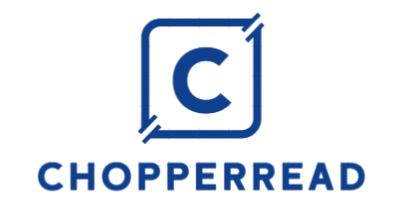Rewards
35% of employees want more recognition from their employers in our new normal. 69% of employees say rewards and recognition programs motivate them to stay. High-recognition cultures triple employee retention and double employee engagement. Despite these data points, one in five employers started a recognition program like corporate rewards programs last year.
Consider rechargeable prepaid cards to give your employees more options and let them personalize their rewards experience. Employees will value rewards they want more than another generic mug or t-shirt.
- Referrals
Why post job descriptions online if your employees can find qualified candidates? 82% of employers say employee referrals have the highest ROI. Remind your staff of this benefit several times a year to keep candidates coming in. Employees will appreciate a monetary incentive for recommending qualified candidates who fit your culture.
You can also create a tiered system with reward points, so candidates get more rewards based on how far their referral goes in the interview process. A worker may get 1000 points ($10) for a referral. If their recommendation gets an interview, the reward could rise to $25 (2500 points). Instead of creating a separate referral program, you can integrate it into your recognition and rewards program.

- Training
40% of employees with limited professional development leave in five years. Millennials love it: 87% said their job requires development. When you invest in employees’ careers, they’ll stick around. Your company benefits from employees’ new knowledge and experiences, allowing in-house promotions.
There are several ways to develop employees. Create your L&D program or use a third-party LMS. Facebook offers new managers coaching. After the program, managers meet with an executive mentor. Gamify your L&D courses to make them more attractive.
- Profit-sharing
Profit-sharing plans are a type of defined contribution plan that can supplement 401ks. Employees receive cash or stock contributions and sometimes direct payments in a profit-sharing plan. Employers can reduce these anytime to cut costs for a year or two.Profit sharing empowers employees to view themselves as owners, not just employees. This encourages employees to stay and grow the business through sweat equity.
If your company doesn’t have a profit-sharing plan, you can still incentivize employees by matching 401k contributions. The match is usually a percentage of the employee’s income.
- Well-being
Companies that want to prevent burnout and promote physical and mental health should offer wellness incentives. This is especially important given employees’ pressures: 59% take less time off than usual, and 42% of remote workers don’t plan to decompress. Free healthy lunches, on-site health screenings, bike-to-work reimbursements, standing desks, and wellness fairs are easy to implement. Employees who quit smoking or complete a steps challenge can also be rewarded.A centralized rewards marketplace that encourages healthy work and home habits are one way to promote employee wellness. All right, a leading corporate wellness platform integrates with Achievers. Integration streamlines employee wellness, rewards, and recognition.








